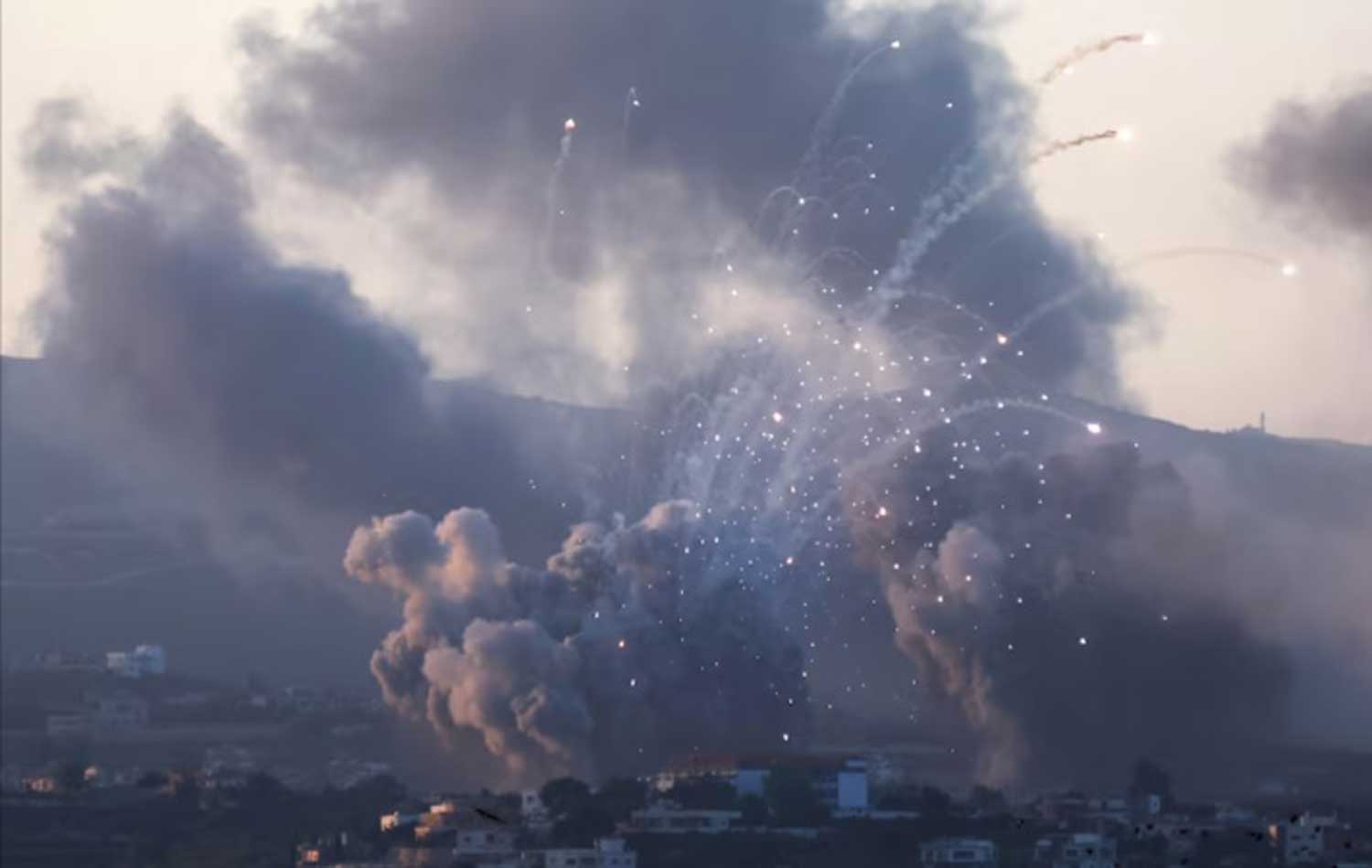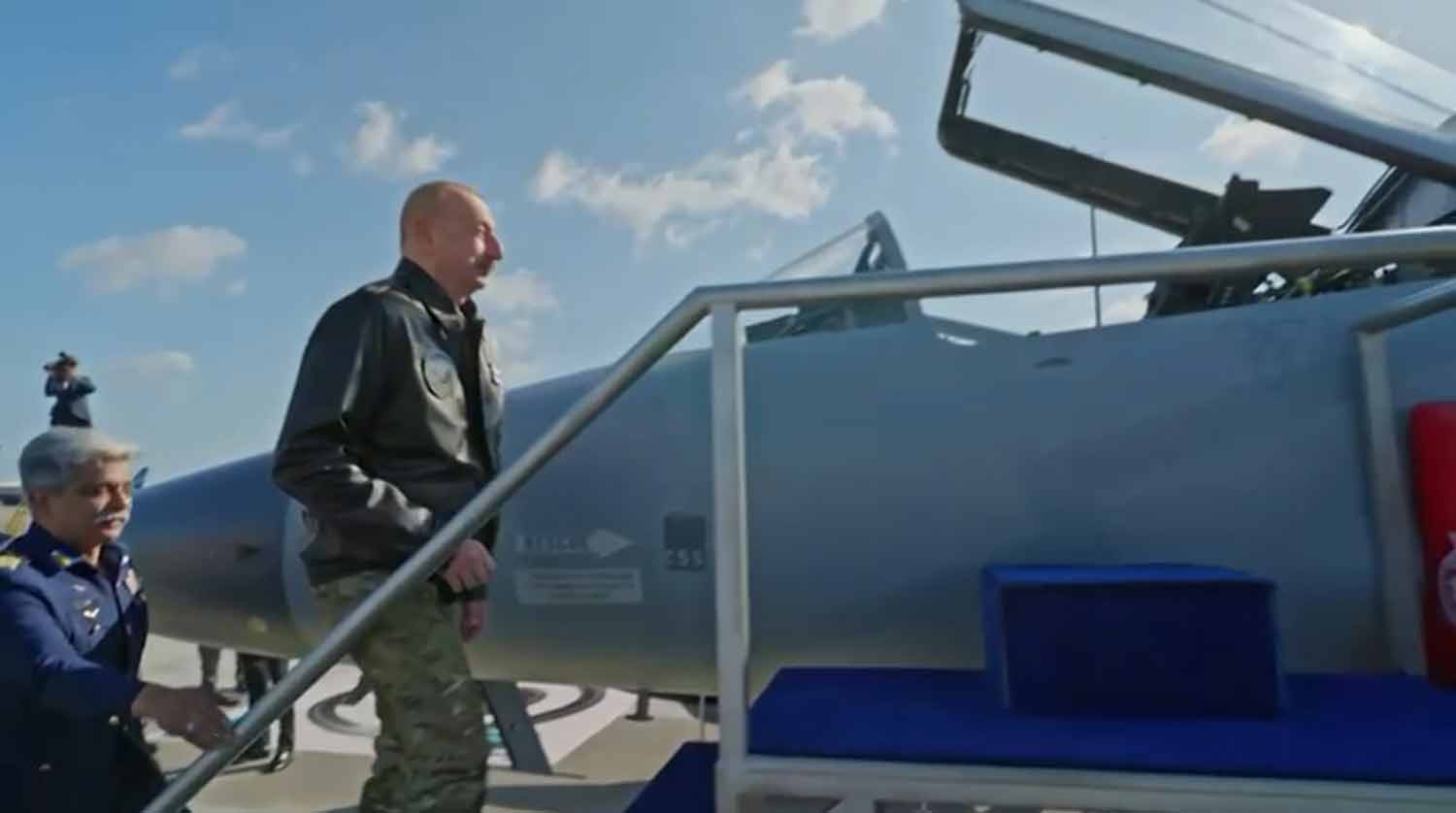A significant increase in border hostilities between the Iran-supported Hezbollah group and Israel has sparked concerns over a potential new Israeli ground offensive in Lebanon. This development marks yet another chapter in the long-standing conflict along the Lebanese-Israeli border.
Historical context includes:
1948
Lebanon joins other Arab nations in opposing the newly established state of Israel. Approximately 100,000 Palestinians, who either fled or were forced from their homes in what was formerly British-controlled Palestine during the conflict, seek refuge in Lebanon. An armistice between Lebanon and Israel is reached in 1949.
1968
In retaliation for an assault on an Israeli airliner by Palestinian militants, Israeli commandos carry out the destruction of several passenger aircraft at Beirut airport. The Palestine Liberation Organization (PLO) moves its base of operations to Lebanon two years later after being expelled from Jordan, resulting in increased cross-border tensions.
1973
In 1973, Israeli special forces, operating under disguise, assassinated three Palestinian guerrilla leaders in Beirut as a response to the murder of Israeli athletes during the 1972 Munich Olympics. Throughout the 1970s, Palestinian guerrilla attacks on Israel and subsequent Israeli military reprisals against targets in Lebanon escalated, prompting many Lebanese to flee the southern regions of their country and exacerbating sectarian tensions, which contributed to the onset of civil war in Lebanon.
1978
By 1978, Israel launched an invasion of southern Lebanon, establishing a limited occupation zone in response to a militant attack near Tel Aviv. During this operation, Israel provided support to a local Christian militia known as the South Lebanon Army (SLA).
1982
In 1982, Israel expanded its military campaign, advancing all the way to Beirut following a series of retaliatory border exchanges. After a protracted and violent 10-week siege characterized by intense Israeli bombardment of West Beirut, thousands of Palestinian fighters were evacuated by sea. Tragically, during this period, hundreds of civilians in the Palestinian refugee camps of Sabra and Shatila were killed by Christian militiamen, who were permitted entry by Israeli forces after the assassination of Lebanon’s newly elected Maronite Catholic president via a car bomb.
Iran’s Revolutionary Guards form the Shi’ite Muslim militant group Hezbollah in Lebanon as a response to the Israeli invasion.
1983
In 1983, Israel withdrew from central Lebanon but maintained a military presence in the southern region, establishing a formal occupation zone approximately 15 kilometers deep, in collaboration with its ally, the South Lebanon Army (SLA). Hezbollah engages in guerrilla warfare against Israeli troops.
1993
In July 1993, Israel initiates “Operation Accountability,” a week-long military campaign targeting Lebanon. The stated objective is to directly confront Hezbollah, complicating the group’s ability to utilize southern Lebanon as a launch point for attacks on Israel, while also pressuring the Lebanese government to take action against Hezbollah.
1996
By 1996, as Hezbollah continues to launch attacks on Israeli forces in the south and fires rockets into northern Israel, Israel responds with a 17-day military operation known as “Operation Grapes of Wrath,” resulting in over 200 casualties in Lebanon, including 102 individuals who perish when Israel strikes a U.N. facility in the village of Qana.
2000
In 2000, Israel completes its withdrawal from southern Lebanon, concluding a 22-year occupation, following persistent assaults on its military positions in the region by Hezbollah.
2006
In July 2006, Hezbollah infiltrated Israel, abducting two Israeli soldiers and resulting in the deaths of others. This incident ignited a five-week conflict characterized by extensive Israeli airstrikes targeting Hezbollah positions and national infrastructure.
While Israeli ground troops advanced into southern Lebanon, the majority of the fighting was conducted through air assaults and rocket fire. The conflict concluded without Israel meeting its military goals, with Hezbollah proclaiming a “divine victory.” The toll included at least 1,200 Lebanese lives, predominantly civilians, and 158 Israeli fatalities, mainly soldiers.
2024
Fast forward to September 23, 2024, when Israel initiated “Operation Northern Arrows” against Hezbollah following nearly a year of intermittent hostilities along the Lebanese-Israeli border, coinciding with the ongoing Gaza conflict.
This operation was launched shortly after an explosion involving Hezbollah’s communication devices, which the group attributed to Israeli actions.
The escalation in violence followed the October 7, 2023, assault on southern Israel by Hamas-led militants. Hezbollah claimed its retaliatory strikes were in solidarity with Palestinians facing Israeli attacks in Gaza.
Israel’s military objective in the north was to facilitate the safe return of residents to their homes. In response, Hezbollah indicated that it would cease rocket attacks contingent upon a ceasefire in Gaza.
Israeli airstrikes intensified, targeting southern Lebanon, the Bekaa Valley, and even reaching the Christian-majority Keserwan district north of Beirut for the first time. Hezbollah retaliated with a series of rocket launches into Israeli territory.
The conflict resulted in hundreds of casualties and thousands of injuries in Lebanon, prompting tens of thousands to flee their homes in the south, seeking refuge in various locations across Lebanon and in war-torn neighboring Syria, primarily in schools.
Discover more from Defence Talks | Defense News Hub, Military Updates, Security Insights
Subscribe to get the latest posts sent to your email.





